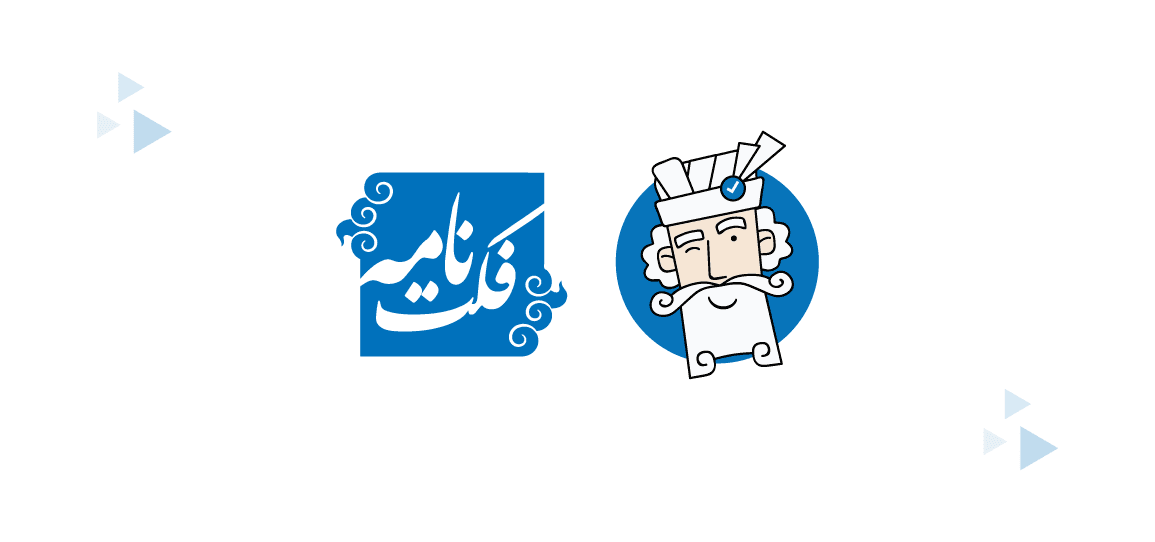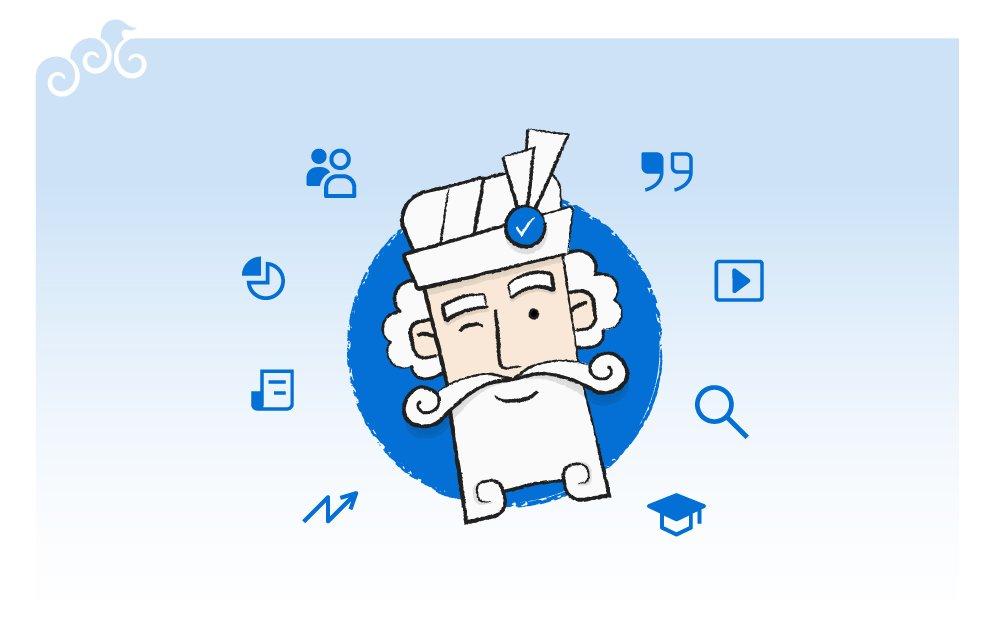4 Years of Fact-Checking and Counting: an interview with Factnameh Editor-in-Chief Farhad Souzanchi

Factnameh is a multimedia fact-checking platform focused on countering misinformation in Iran and building capacity among journalists and civil society to hold those in power accountable and ensure facts remain at the centre of public debate. Similar to other countries, misinformation and disinformation campaigns are on the rise in Iran, often disseminated through state media, private Telegram channels and social media platforms. Censorship, limited freedom of expression, and the lack of government transparency exacerbate the dangers of these campaigns. They lead to ill-informed public policies, fuel hate, shape false public perceptions and in many instances are used as evidence in courts to prosecute dissidents.
In this blog post, ASL19’s Development & Communications Coordinator Ivy Zhang spoke with Farhad Souzanchi, Factnameh’s Editor in Chief, to look back on the team’s fact checking work and lessons learned over the past years, as well as their preparation for the Iranian Presidential Election on June 18, 2021.
Ivy: How has Factnameh changed since the idea of a Persian fact-checking site emerged?
Farhad: The first major change that occurred early on was definitely our focus. What we had in mind for Factnameh in the beginning was to fact check claims made by politicians and government officials. We imagined it as a website focusing on misinformation in Iranian politics. But within the first year, we expanded our coverage to include nonpolitical misinformation that was gaining traction on social media and shaping public opinions online. That was when we re-examined the idea of limiting ourselves to a political fact-checking website and decided to diversify our content.
Ivy: Could you talk more about how you and the team came to realize this need to expand and diversify Factnameh’s focus?
Farhad: Part of our fact checking work relies on audience suggestions. In the beginning, we anticipated suggestions about statements made by government officials, but people were more interested in rumors they saw on social media. For instance, we fact checked a video submitted to us about an alleged flesh-eating turtle and it became one of our most popular posts at that time.
While it was simply lighthearted and fun, we noticed the potential of nonpolitical content and how they could introduce the platform to more audiences. We didn’t reduce our political fact-checking content because of this. For us, government accountability is still at the core of our work. But we also understand that there are other topics that matter to Iranians, including COVID-19 and vaccine misinformation these days.
Increasing readership and public interest in political fact-checks takes time, especially considering the disconnection between Iranians and the government in the past years. Being able to steadily grow a diverse audience while covering different topics is a way for us to rebuild public interest in fact-checking and have facts at the centre of public debates.
Ivy: Besides the change in coverage, how has Factnameh changed and why?
Farhad: One thing that our audience may have noticed last year is our increased multimedia content production. Nowadays, people get their news on social media. They consume information at a much faster pace with a shorter attention span. They also prefer to interact with content that doesn’t redirect them outside the app. For instance, we’ve noticed that many people tend to hit “share” or retweet our posts without having clicked on the link to read the article.
This is not a unique challenge. Fact-checkers and content producers on social media have started using short videos and other mediums to reach more audiences and get their message across. At Factnameh, we also started making more short videos, documentaries and now a weekly podcast. All these help us reach and engage new audiences who may not otherwise be interested in reading a fact-checking article.
Ivy: What about the nature and tactics of misinformation online, especially in the Iranian context? Have they changed over time?
Farhad: For one, messaging apps have become very popular in the past years. While people turn to WhatsApp and Telegram as an alternative to state media, these platforms have also become hotbeds for spreading misinformation and targets for disinformation campaigns. Second, increasingly misinformation travels across mediums, platforms and borders. Sometimes different tactics are applied to amplify a false narrative on multiple platforms. When they are compiled and accompanied by state propaganda, it creates a welcoming space for misinformation and echo chambers.
For instance, after the assassination of Gen. Qasem Soleimani in January 2020, the Iranian government carried out an attack on a US military base as a “severe revenge.” Even though the U.S. military confirmed the attacks didn’t result in any fatalities, misinformation sprang up. There were fake images on social media. Someone impersonated a famous journalist on Twitter. There was a fabricated letter from the US Department of Defense “revealing” the death count. A lot of these were amateur attempts to circulate false narratives that fit the propaganda, but they were then packaged and recycled into news content on state television. With all these “materials” proliferating and polluting Iran’s media environment, the false narratives linger longer and reach more people that may believe in them.
We saw similar things happen again when the Supreme Leader banned vaccine imports from the US and UK earlier this year. The state television and IRGC-affiliated media were quick to look for “evidence” that would reinforce suspicions against Western vaccines. Unfortunately, under this media and political environment, it’s very difficult for independent media in the country to fact check or to take up this practice in their journalistic work. That’s why it is important to play this role, to start conversations and hold those in power accountable.
Ivy: For the upcoming Presidential Election in Iran on June 18, how has Factnameh been preparing for any misinformation leading up to the event?
Farhad: We have been closely monitoring the conversations and debates online and in the media. To make sure our coverage and responses are timely, the team has taken up shifts, including weekend shifts, to keep an eye on what’s happening in real time. We’ve tried to predict issues and topics that may come up and kept relevant data handy when doing our live fact checking sessions on Twitter during the three Presidential Debates.
After the official slate was announced, we understand that many Iranians felt disappointed and perhaps have lost interest in this election. But it is in moments like this when people stop caring that we have to be persistent. When a candidate or a powerful figure spreads false information, the lack of public interest means these falsehoods could go unchallenged. They could be repeated, slowly accepted as a popular belief, and go on to shape policies and decisions that affect the society as a whole. They construct a false reality with real life consequences.
In regard to concerns around possible internet shutdowns leading up to the election, we have been working closely with NetFreedom Pioneers to utilize their Toosheh technology to deliver content through satellite filecasting. It’s a team effort — from monitoring to fact checking to publishing, we rely on a committed team, our partners, and our audience who continue to support our work and share fact check suggestions with us.
In an election like this, it is our objective to prevent misinformation from being amplified, justified or, worst of all, accepted. At the end of the day, we want to make sure Iranians have access to facts to make their own informed decisions for their future.
